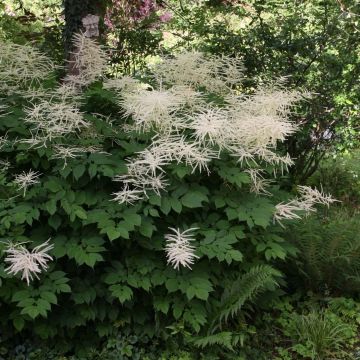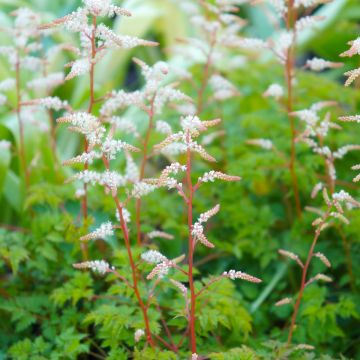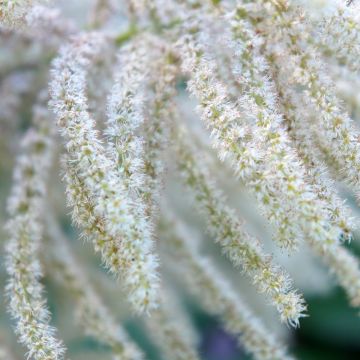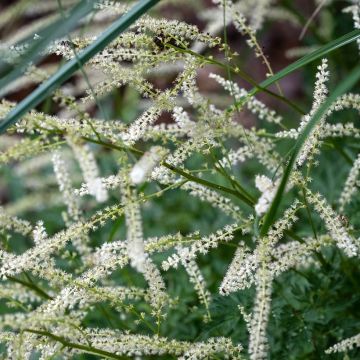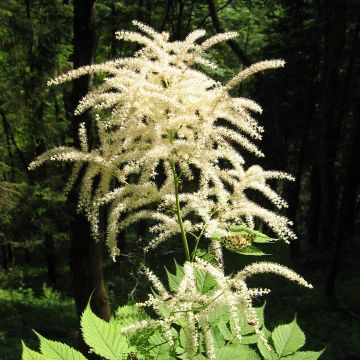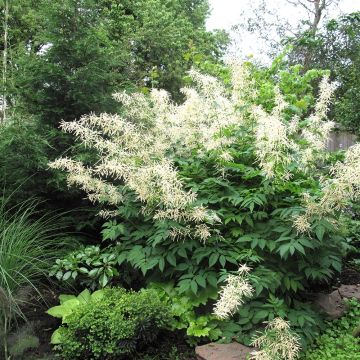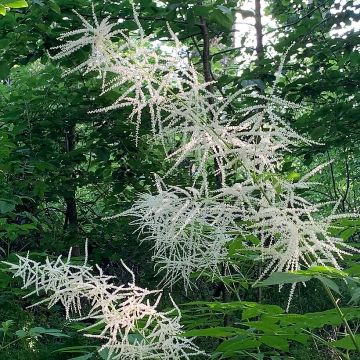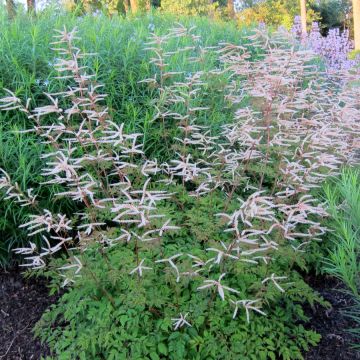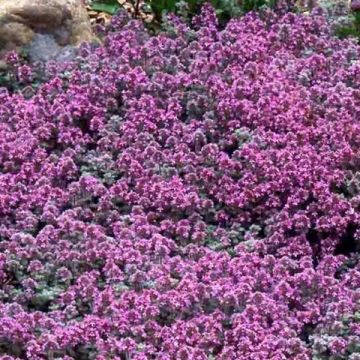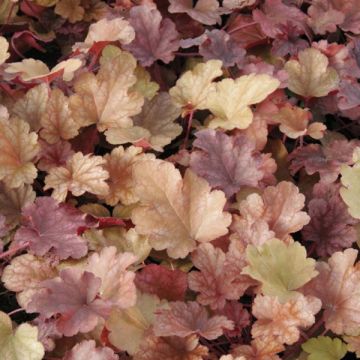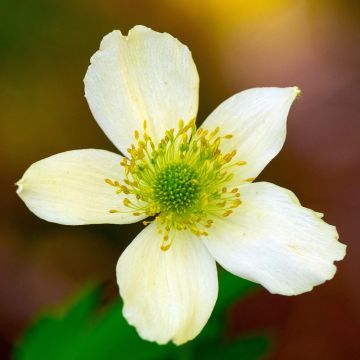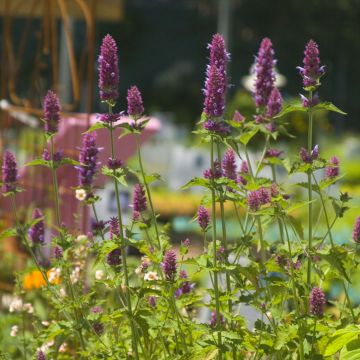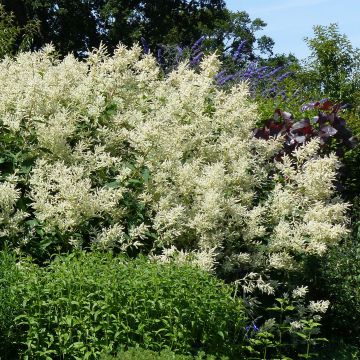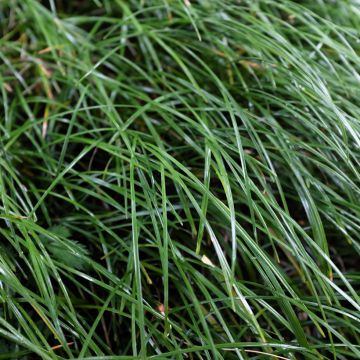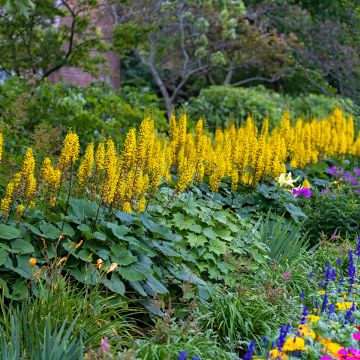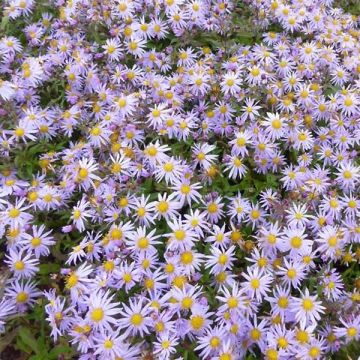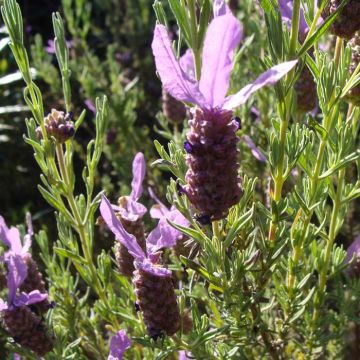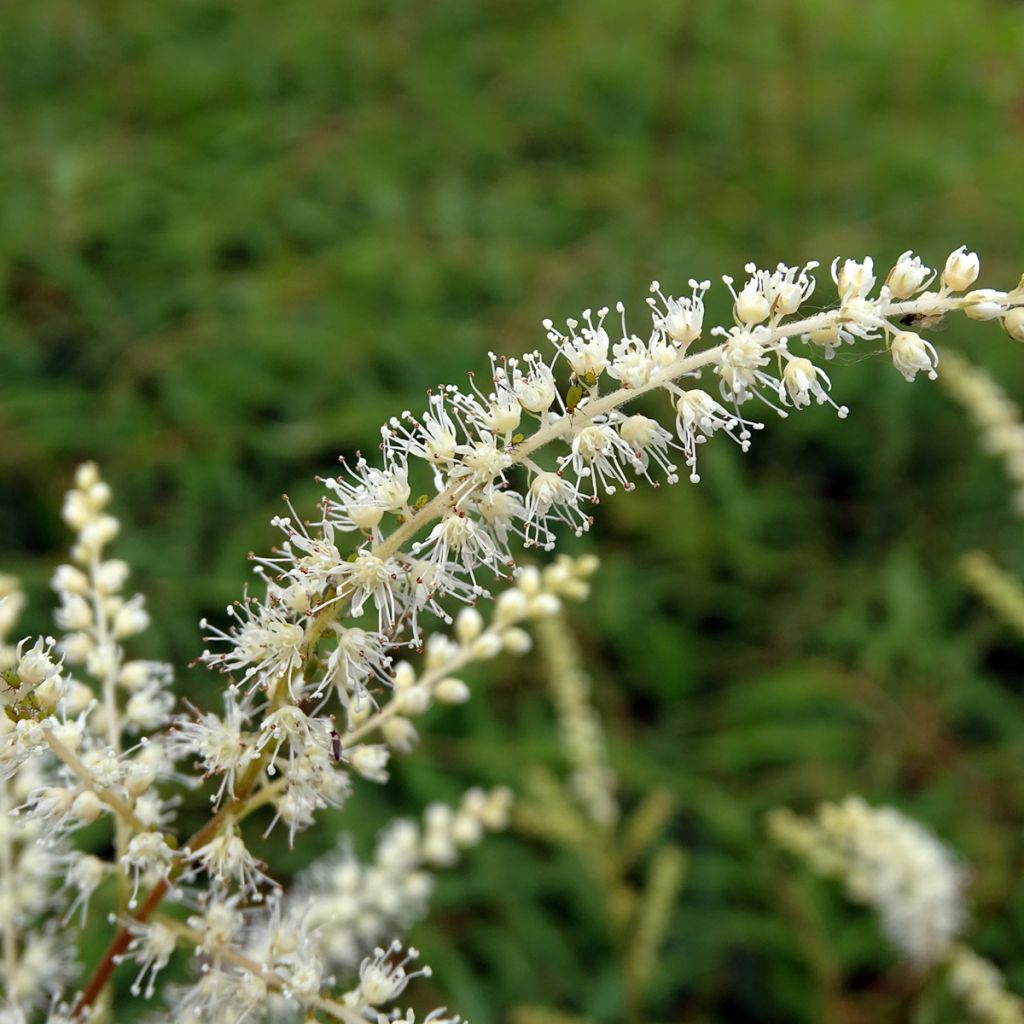

Aruncus dioïcus Kneiffii - Goat's Beard
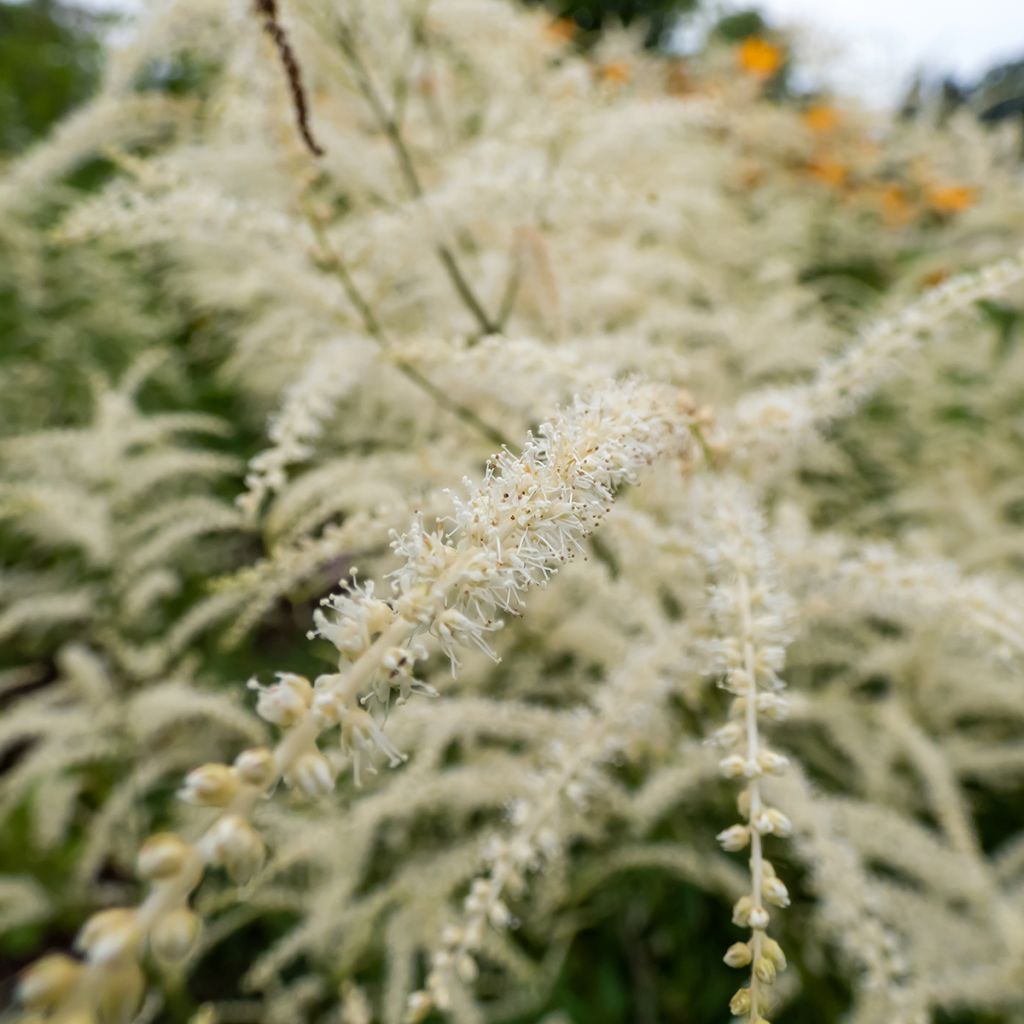

Aruncus dioïcus Kneiffii - Goat's Beard
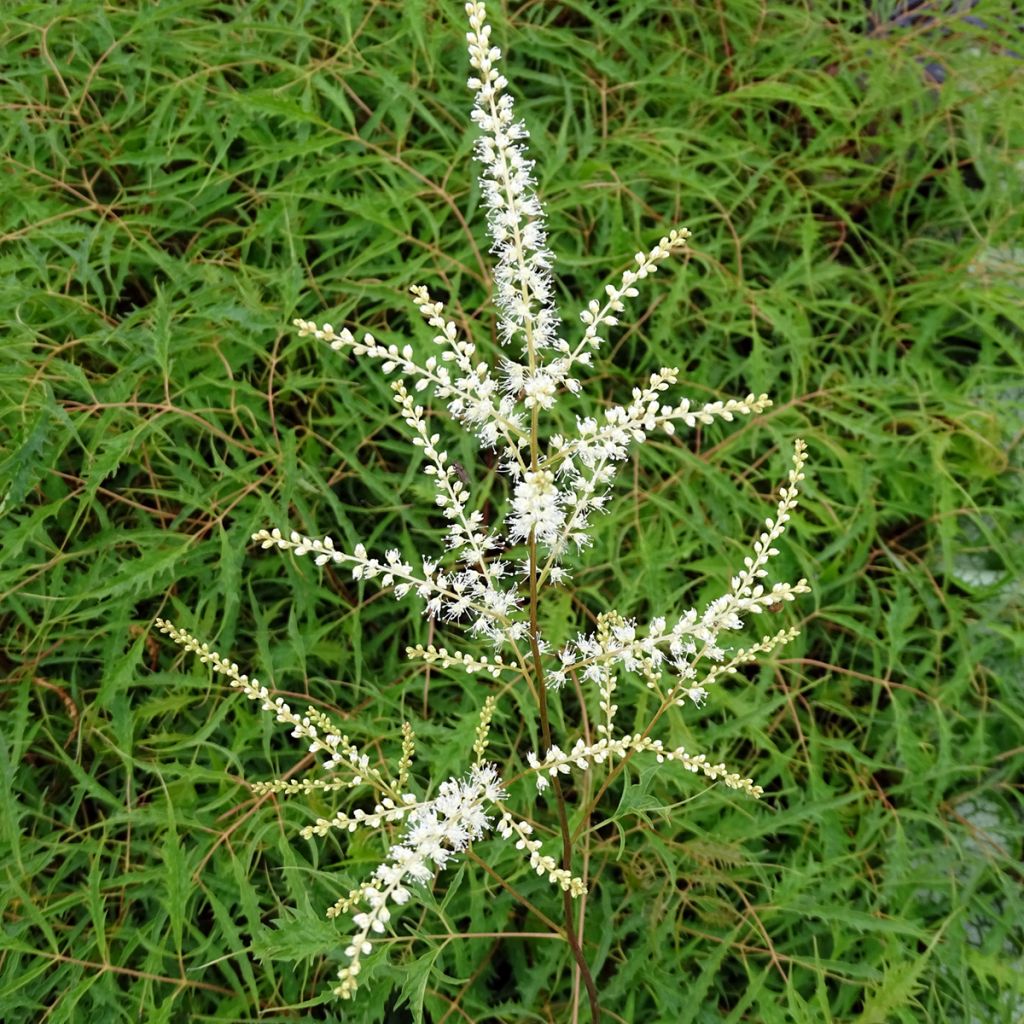

Aruncus dioïcus Kneiffii - Goat's Beard
Aruncus dioïcus Kneiffii - Goat's Beard
Aruncus dioïcus Kneiffii
Goat's Beard
This item cannot be shipped to the selected country
Delivery charge from €5.90
More information
Schedule delivery date,
and select date in basket
This plant carries a 12 months recovery warranty
More information
We guarantee the quality of our plants for a full growing cycle, and will replace at our expense any plant that fails to recover under normal climatic and planting conditions.
From €5.90 for pickup delivery and €6.90 for home delivery
Express home delivery from €8.90.
Does this plant fit my garden?
Set up your Plantfit profile →
Description
Aruncus dioicus 'Kneiffii' is a recently acquired variety of goat's beard, still not widely available in the horticultural trade. Less vigorous than the typical species found in wet and high mountain woods, it has a foliage of rare finesse: from olive green to dark bottle green; it is cut like lace and has a surprisingly feathery appearance. This robust perennial produces numerous fine flower heads in early summer, equally feathery, of a creamy white colour. Light as a feather is ideal for a semi-shaded border in the company of plants that appreciate the same conditions.
Aruncus dioicus belongs to the Rosaceae family. It is a perfectly hardy rhizomatous perennial, native to the humid undergrowth of central and eastern Europe, western and boreal Asia, and northern America. It is most often found growing in humus-rich soils at the edge of forests, in partial shade, on fresh soil, and limestone subsoil. The goat's beard plant is dioecious, meaning there are separate male and female parts on each plant.
The cultivar 'Kneiffi', a little slow to establish, shows slow growth and modest development, but it is a long-lived plant: at maturity, the plant will not exceed 70-80 cm (28-32in) in height and 50 cm (20in) in width. This plant grows from a thick stump in the spring and has large, finely cut leaves that turn yellow in the fall. It blooms heavily in June and July with small white-cream flowers on feathery spikes that are 35 cm (14 inches) long. The flowers only last for about a month.
A robust and hardy perennial, the Kneiffi goat's beard will thrive in the garden for many years. It settles permanently in any fertile and fresh soil, provided it is not too heavy. It is particularly suitable for cottage gardens, natural gardens, woodland gardens, and water features. Its bright flowering illuminates the semi-shade and brings lightness to all the plants that accompany it. It can paired with Astilbes, Aconitums, foxgloves, ferns, and other cool semi-shade perennials. In large beds, it looks beautiful with hydrangeas, large hostas with blue-green foliage, or woodland perennial geraniums. This plant is excellent for growing beneath Japanese maples or Styrax japonicus foliage, and it's perfect for planting near high-traffic borders. Keep it in direct sunlight to help it grow.
Report an error about the product description
Aruncus dioïcus Kneiffii - Goat's Beard in pictures
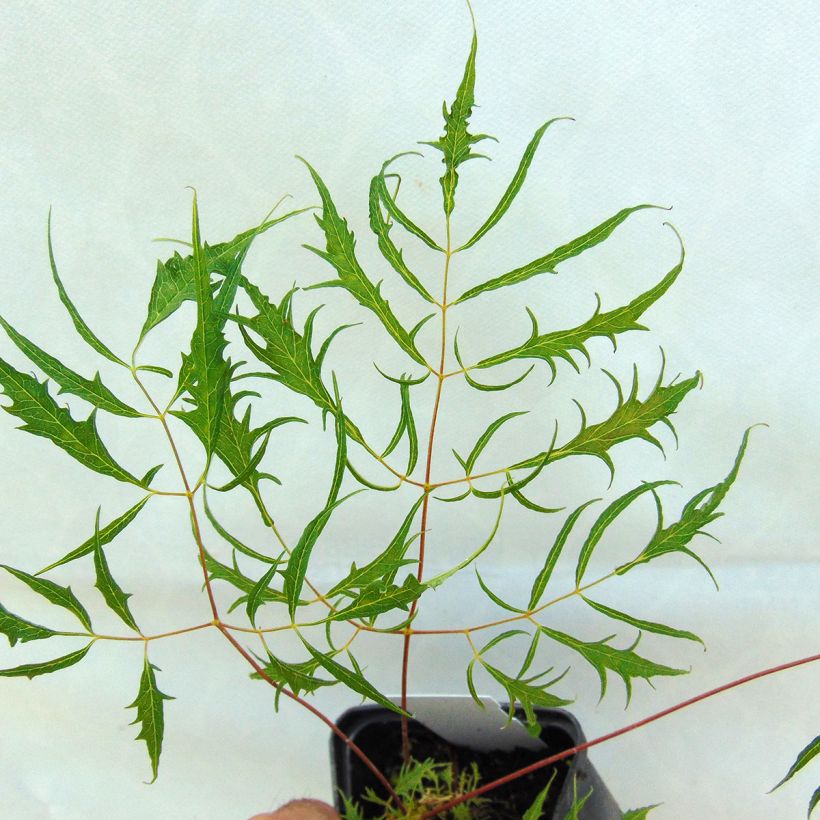

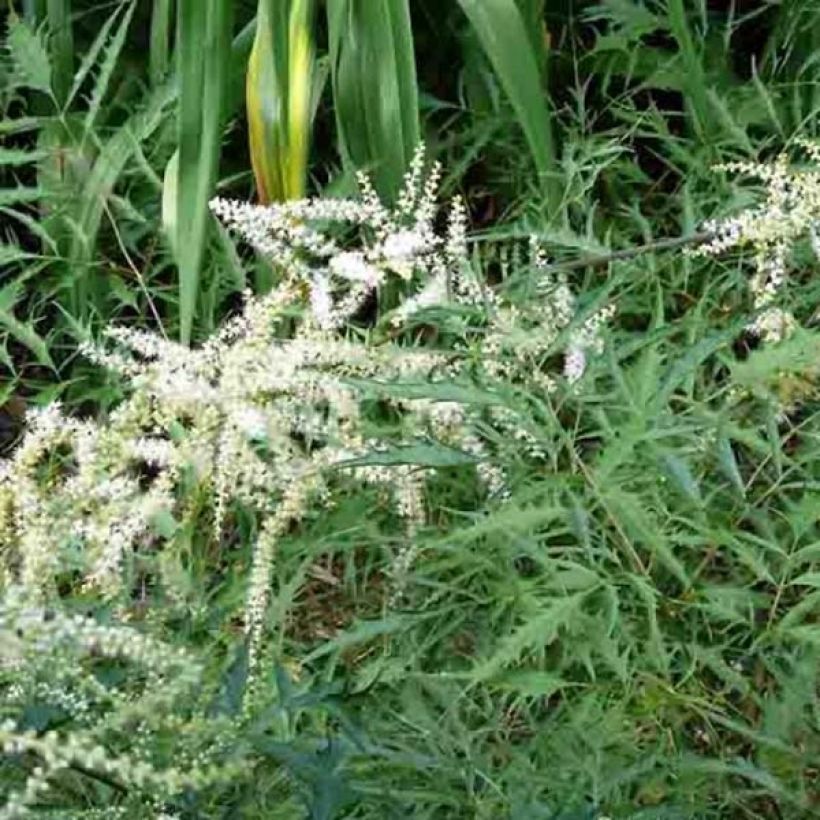

Flowering
Foliage
Plant habit
Botanical data
Aruncus
dioïcus
Kneiffii
Rosaceae
Goat's Beard
Cultivar or hybrid
Other Aruncus
Planting and care
If you want to grow Aruncus dioicus Kneiffii, it's best to plant it in spring or autumn. This plant does well in moist to wet soil, even if it's limestone-rich, but avoid soil that's too heavy. When you plant it, add compost. Choose a spot for the plant sheltered from strong winds so it doesn't get damaged and can flower for a longer time. If the soil is moist, place the plant in full sun. Otherwise, give it partial shade. Water the plant when it's dry, especially when the flowers appear. This is a perennial plant that's easy to grow if you provide it with the right growing conditions.
Planting period
Intended location
Care
-
, onOrder confirmed
Reply from on Promesse de fleurs
Summer flowering perennials
Haven't found what you were looking for?
Hardiness is the lowest winter temperature a plant can endure without suffering serious damage or even dying. However, hardiness is affected by location (a sheltered area, such as a patio), protection (winter cover) and soil type (hardiness is improved by well-drained soil).

Photo Sharing Terms & Conditions
In order to encourage gardeners to interact and share their experiences, Promesse de fleurs offers various media enabling content to be uploaded onto its Site - in particular via the ‘Photo sharing’ module.
The User agrees to refrain from:
- Posting any content that is illegal, prejudicial, insulting, racist, inciteful to hatred, revisionist, contrary to public decency, that infringes on privacy or on the privacy rights of third parties, in particular the publicity rights of persons and goods, intellectual property rights, or the right to privacy.
- Submitting content on behalf of a third party;
- Impersonate the identity of a third party and/or publish any personal information about a third party;
In general, the User undertakes to refrain from any unethical behaviour.
All Content (in particular text, comments, files, images, photos, videos, creative works, etc.), which may be subject to property or intellectual property rights, image or other private rights, shall remain the property of the User, subject to the limited rights granted by the terms of the licence granted by Promesse de fleurs as stated below. Users are at liberty to publish or not to publish such Content on the Site, notably via the ‘Photo Sharing’ facility, and accept that this Content shall be made public and freely accessible, notably on the Internet.
Users further acknowledge, undertake to have ,and guarantee that they hold all necessary rights and permissions to publish such material on the Site, in particular with regard to the legislation in force pertaining to any privacy, property, intellectual property, image, or contractual rights, or rights of any other nature. By publishing such Content on the Site, Users acknowledge accepting full liability as publishers of the Content within the meaning of the law, and grant Promesse de fleurs, free of charge, an inclusive, worldwide licence for the said Content for the entire duration of its publication, including all reproduction, representation, up/downloading, displaying, performing, transmission, and storage rights.
Users also grant permission for their name to be linked to the Content and accept that this link may not always be made available.
By engaging in posting material, Users consent to their Content becoming automatically accessible on the Internet, in particular on other sites and/or blogs and/or web pages of the Promesse de fleurs site, including in particular social pages and the Promesse de fleurs catalogue.
Users may secure the removal of entrusted content free of charge by issuing a simple request via our contact form.
The flowering period indicated on our website applies to countries and regions located in USDA zone 8 (France, the United Kingdom, Ireland, the Netherlands, etc.)
It will vary according to where you live:
- In zones 9 to 10 (Italy, Spain, Greece, etc.), flowering will occur about 2 to 4 weeks earlier.
- In zones 6 to 7 (Germany, Poland, Slovenia, and lower mountainous regions), flowering will be delayed by 2 to 3 weeks.
- In zone 5 (Central Europe, Scandinavia), blooming will be delayed by 3 to 5 weeks.
In temperate climates, pruning of spring-flowering shrubs (forsythia, spireas, etc.) should be done just after flowering.
Pruning of summer-flowering shrubs (Indian Lilac, Perovskia, etc.) can be done in winter or spring.
In cold regions as well as with frost-sensitive plants, avoid pruning too early when severe frosts may still occur.
The planting period indicated on our website applies to countries and regions located in USDA zone 8 (France, United Kingdom, Ireland, Netherlands).
It will vary according to where you live:
- In Mediterranean zones (Marseille, Madrid, Milan, etc.), autumn and winter are the best planting periods.
- In continental zones (Strasbourg, Munich, Vienna, etc.), delay planting by 2 to 3 weeks in spring and bring it forward by 2 to 4 weeks in autumn.
- In mountainous regions (the Alps, Pyrenees, Carpathians, etc.), it is best to plant in late spring (May-June) or late summer (August-September).
The harvesting period indicated on our website applies to countries and regions in USDA zone 8 (France, England, Ireland, the Netherlands).
In colder areas (Scandinavia, Poland, Austria...) fruit and vegetable harvests are likely to be delayed by 3-4 weeks.
In warmer areas (Italy, Spain, Greece, etc.), harvesting will probably take place earlier, depending on weather conditions.
The sowing periods indicated on our website apply to countries and regions within USDA Zone 8 (France, UK, Ireland, Netherlands).
In colder areas (Scandinavia, Poland, Austria...), delay any outdoor sowing by 3-4 weeks, or sow under glass.
In warmer climes (Italy, Spain, Greece, etc.), bring outdoor sowing forward by a few weeks.

































